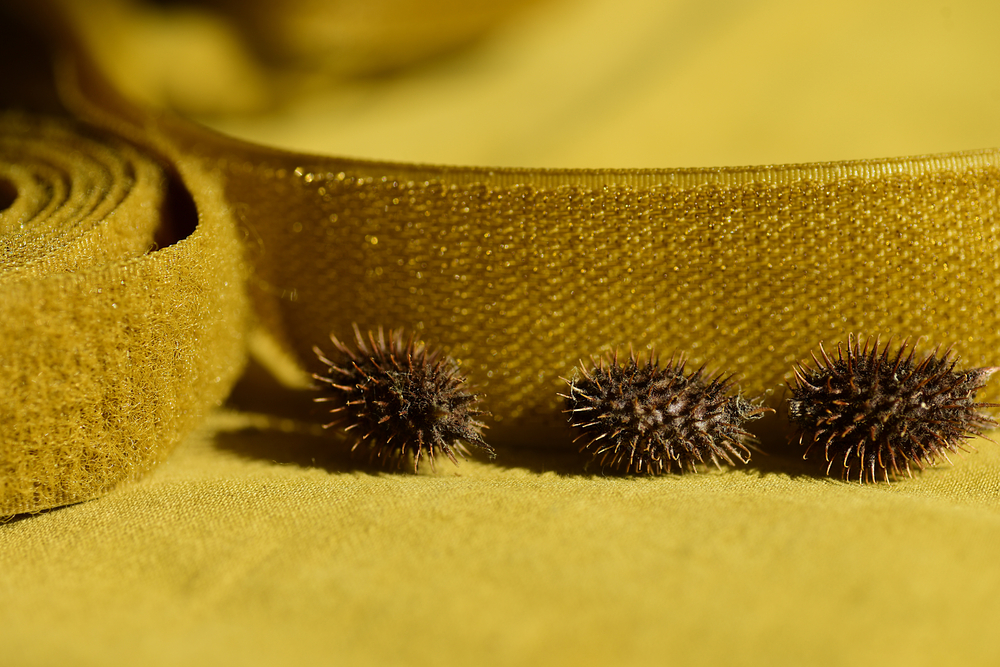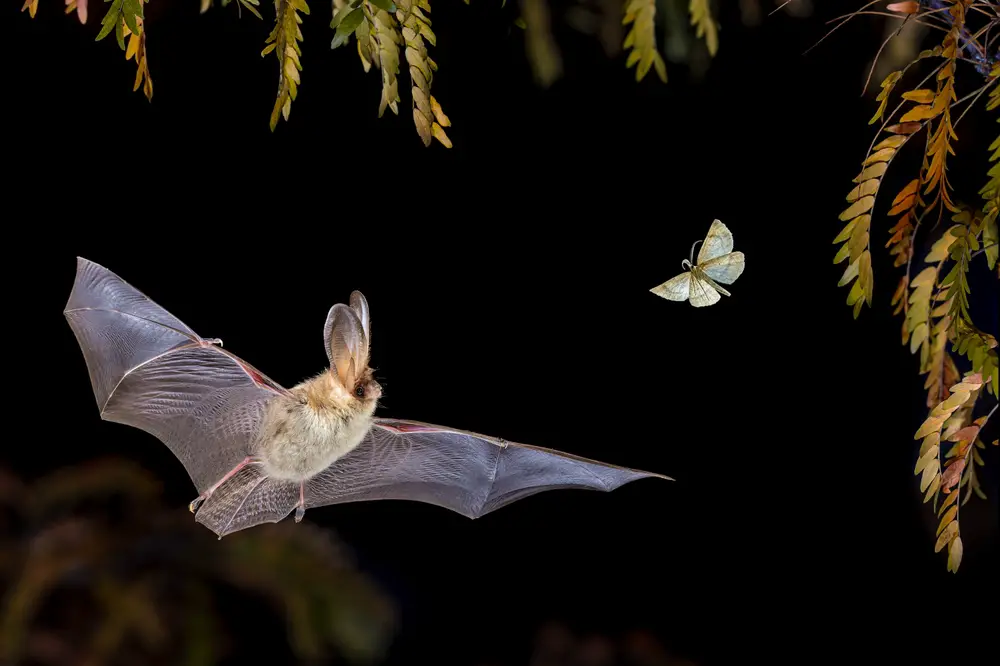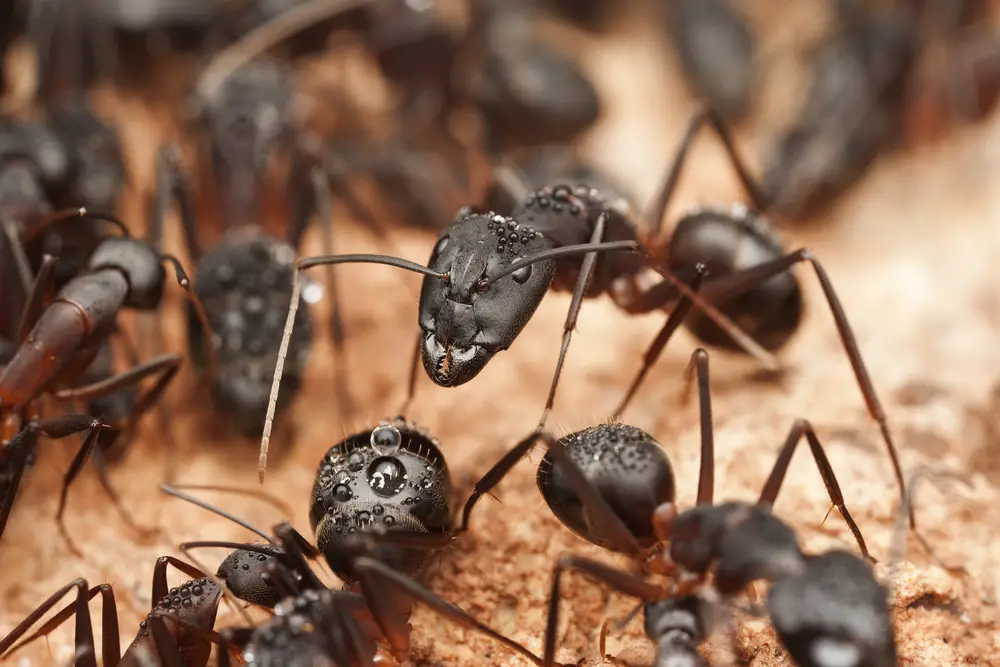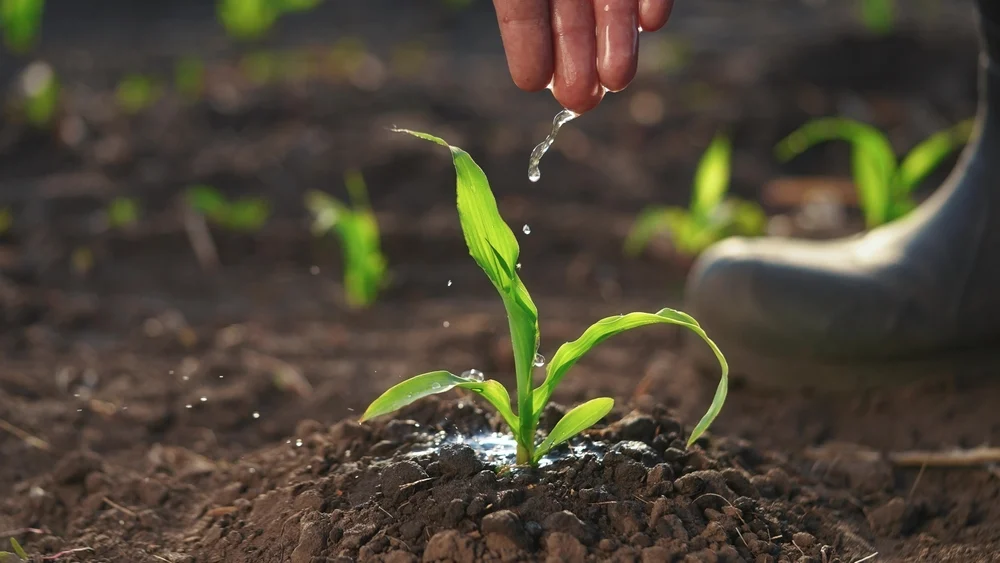There’s something humbling and awe-inspiring about realizing that some of our most innovative ideas are actually borrowed from the animal world. We like to think of ourselves as the pinnacle of creativity, but nature has been refining its designs for millennia. From flight mechanics to medical breakthroughs, many human inventions have roots in the animal kingdom.
1. Velcro: The Burr’s Brilliant Blueprint

When you think of Velcro, you might envision sneakers or kid-safe closures, but its inception was a stroke of brilliance pulled straight from nature. In 1941, Swiss engineer George de Mestral noticed how burdock burrs clung stubbornly to his dog’s fur and his own clothing during their walks. Curious about this natural hook-and-loop system, he studied it under a microscope and discovered a series of tiny hooks that latched onto anything with a looped surface. This observation led to the creation of Velcro, revolutionizing everything from fashion to space suits.
The genius of Velcro lies in its simplicity and versatility, much like the burrs that inspired it. According to a study published in The Journal of Biomimetics, Biomaterials, and Biomedical Engineering, nature-inspired designs often outperform purely human-engineered solutions. Velcro’s enduring popularity underscores the idea that sometimes the best inventions come from observing the world around us. So next time you strap on those sneakers, give a nod to the humble burr that made it possible.
2. Bullet Train: Inspired by the Kingfisher’s Dive

Japan’s Shinkansen, or bullet train, is renowned for its lightning-fast speeds and sleek design, but its development was significantly influenced by the natural world. Engineers faced a challenge: the trains were causing loud sonic booms when exiting tunnels at high speeds, disrupting nearby communities. Enter the kingfisher, a bird known for its silent, splashless dives into water to catch fish. By mimicking the shape of the kingfisher’s beak, engineers redesigned the train’s nose, reducing the noise and improving aerodynamic efficiency.
The bullet train’s kingfisher-inspired design is a testament to the profound impact of biomimicry on modern engineering. The new design not only solved the noise problem but also increased the train’s speed and energy efficiency. It’s a perfect example of how nature’s solutions can lead to breakthroughs that benefit human innovation. The next time you hear the whisper-quiet passage of a bullet train, remember the bird whose natural talents made it possible.
3. Sonar: Echoes of the Bat’s Navigation System

When you find yourself marveling at the intricacies of sonar technology, remember that its origins can be traced back to the remarkable echolocation abilities of bats. These nocturnal creatures navigate the dark by emitting high-frequency sound waves that bounce off objects and return as echoes, helping them “see” their surroundings. Inspired by this natural sonar system, scientists developed sonar technology, which has become invaluable in everything from submarines to medical imaging.
Bats have perfected this technique over millions of years, and their sophisticated use of sound has been crucial in enhancing our understanding of navigation and detection. According to Dr. John Ratcliffe, a leading expert in animal echolocation, studying bats has provided insights that have directly influenced technological advancements in sonar and radar. This intersection of biology and technology demonstrates that some of the best innovations come from studying the masters of the natural world. Next time you hear the beep of sonar, think of the bats that flew before us.
4. Jet Propulsion: The Squid’s Swift Escape

The next time you board a jet plane, consider thanking the ocean’s quick-witted squid for the propulsion concept that gets you airborne. Squids have mastered jet propulsion by expelling water through a funnel-like structure, allowing them to move with speed and agility through the water. This natural locomotion inspired scientists to adapt similar principles for aircraft and underwater vehicles, allowing them to achieve remarkable speeds and maneuverability.
The elegance of jet propulsion lies in its efficiency and power, much like the squid’s movement through the depths. By harnessing the principles of thrust and fluid dynamics, engineers have been able to refine and improve upon this concept for human use. As technology continues to evolve, the squid’s natural design remains a cornerstone of innovation in propulsion systems. It’s a perfect example of how the ocean’s secrets can take us to the skies.
5. Cat’s Eye Reflectors: Feline-Inspired Road Safety

The familiar twinkle of cat’s eye reflectors on roads has a rather literal origin story linked to our feline friends. Invented in 1934 by Percy Shaw, these road safety devices were inspired by the reflective eyes of cats. Driving at night, Shaw noticed how a cat’s eyes reflected his car’s headlights, sparking the idea to create reflectors that would help drivers see road markings in the dark. This simple yet effective design has since become a staple of road safety worldwide.
Cat’s eye reflectors demonstrate how a moment of inspiration from nature can lead to widespread practical applications. According to an article in The Guardian, Shaw’s invention has saved countless lives by improving visibility in low-light conditions. By mimicking the way a cat’s eyes reflect light, these devices ensure that drivers can navigate safely even on the darkest roads. Next time you catch a glimpse of these reflective guides, remember the feline inspiration behind them.
6. Gecko Tape: Sticky Feet, Sticky Solutions

Geckos have long fascinated scientists with their ability to defy gravity, sticking effortlessly to walls and ceilings. Their secret lies in millions of tiny hair-like structures on their feet, called setae, which create a remarkable adhesive effect. Inspired by this natural wonder, researchers have developed adhesive tapes that mimic the gecko’s foot structure, allowing for strong yet easily removable bonds. This innovation has found applications in everything from climbing gear to medical devices.
The versatility of gecko-inspired adhesives highlights the power of biomimicry in solving practical problems. By studying the nanostructures in gecko toes, scientists have unlocked new possibilities for non-toxic, reusable adhesives. This biological blueprint continues to inspire developments in material science, offering solutions that are both clever and eco-friendly. Next time you use a piece of adhesive, think of the tiny lizard that helped make it possible.
7. Sharkskin Swimsuits: Speed Secrets from the Ocean

For athletes looking to shave seconds off their swim times, sharkskin-inspired swimsuits have been a game-changer. Sharks have evolved to glide seamlessly through water thanks to their unique skin texture, composed of microscopic tooth-like scales that reduce drag. This design inspired swimsuit manufacturers to create fabrics that mimic sharkskin’s hydrodynamic properties, offering swimmers a competitive edge.
These high-tech swimsuits highlight the incredible potential of bio-inspired design. According to research published in The Journal of Experimental Biology, sharkskin technology not only enhances speed but also improves efficiency by minimizing friction. While advances in technology continue to evolve, the ocean’s apex predators remain the ultimate muses for innovation. Next time you see an athlete break a record, consider the sharks that silently swim beneath the surface, inspiring us all to move a little faster.
8. Termite Mounds: Architectural Marvels of Ventilation

If you’ve ever enjoyed the comfort of a well-ventilated building, you might owe a debt of gratitude to termites. These industrious insects build mounds that maintain a constant internal temperature, despite external fluctuations, through a series of natural ventilation shafts. Architects have taken inspiration from these biological marvels to design energy-efficient buildings that stay cool without air conditioning. By mimicking termite mounds, they harness passive cooling to create sustainable living and working spaces.
The termite’s architectural prowess offers a lesson in sustainable design that’s hard to ignore. By observing how these insects construct their homes, architects have learned to maximize airflow and regulate temperature naturally. This biomimetic approach not only reduces energy consumption but also enhances comfort and livability. Next time you enjoy a cool breeze indoors, think of the termites that helped make such innovations possible.
9. Whale Fin Turbines: Ocean-Inspired Energy Efficiency

Harnessing energy from the wind has been refined with a nod to the graceful humpback whale. The unique bumps on a whale’s fins, known as tubercles, improve maneuverability and lift, inspiring engineers to incorporate similar structures into wind turbine blades. These bio-inspired blades capture wind more efficiently, generating more energy than traditional designs. As a result, whale fin-inspired turbines contribute to a more sustainable and eco-friendly energy future.
The intersection of marine biology and renewable energy highlights the untapped potential of nature’s designs. By studying the evolutionary adaptations of whales, engineers have unlocked new ways to enhance performance and efficiency in wind power. This innovation underscores the benefits of looking to the natural world for solutions to modern challenges. Next time you see a wind turbine turning gracefully, imagine the ocean giants that guided its design.
10. Lotus Effect Paint: Cleanliness Through Nature

The lotus plant’s ability to emerge spotless from muddy waters has inspired a revolutionary approach to keeping surfaces clean. This natural phenomenon, known as the lotus effect, involves microscopic structures on the leaves that repel water and dirt. Scientists have replicated this self-cleaning property in paints and coatings that resist grime and moisture, reducing the need for harsh cleaning chemicals. These products are now used on everything from buildings to cars, making maintenance easier and more environmentally friendly.
The lotus plant’s natural design offers a compelling blueprint for low-maintenance surfaces. By mimicking the plant’s microstructure, researchers have developed coatings that are both practical and sustainable. The lotus effect not only enhances durability but also promotes a cleaner, greener future. Next time you admire a spotless facade or vehicle, appreciate the water-loving plant that inspired it.
11. Ant-Inspired Algorithms: Solving Complex Problems with Teamwork

The next big leap in computing power might just come from the humble ant. Ants excel at finding the shortest paths to food sources, a behavior that has inspired algorithms capable of solving complex optimization problems in computing. These ant-inspired algorithms are used in logistics, telecommunications, and even robotics to improve efficiency and solve intricate problems. By studying the collective behavior of ants, scientists have harnessed their teamwork strategies to tackle challenges in the digital world.
The genius of ant-inspired algorithms lies in their ability to process vast amounts of information quickly and efficiently. By mimicking the way ants communicate and organize, researchers have created systems that can adapt and optimize in real-time. This example of biomimicry highlights the potential for biological systems to inform technological advancements. Next time you marvel at a new tech breakthrough, consider the tiny insects that paved the way.
12. Bee-Inspired Drones: Precision Pollinators

In the quest for smarter, more efficient drones, engineers have turned to bees for inspiration. Bees are masters of flight, capable of precise maneuvers and efficient pollination. By studying their flight patterns and communication methods, researchers have designed drones that can mimic bee behaviors for agricultural purposes. These bee-inspired drones have the potential to revolutionize farming by enhancing pollination and crop monitoring.
Bees offer an incredible model for developing agile, autonomous flying devices. By emulating their natural abilities, engineers are creating technologies that could address global food security challenges. This fusion of biology and technology underscores the potential of learning from nature’s best engineers. Next time you see a drone hovering above a field, think of the bees whose flight paths helped design it.
